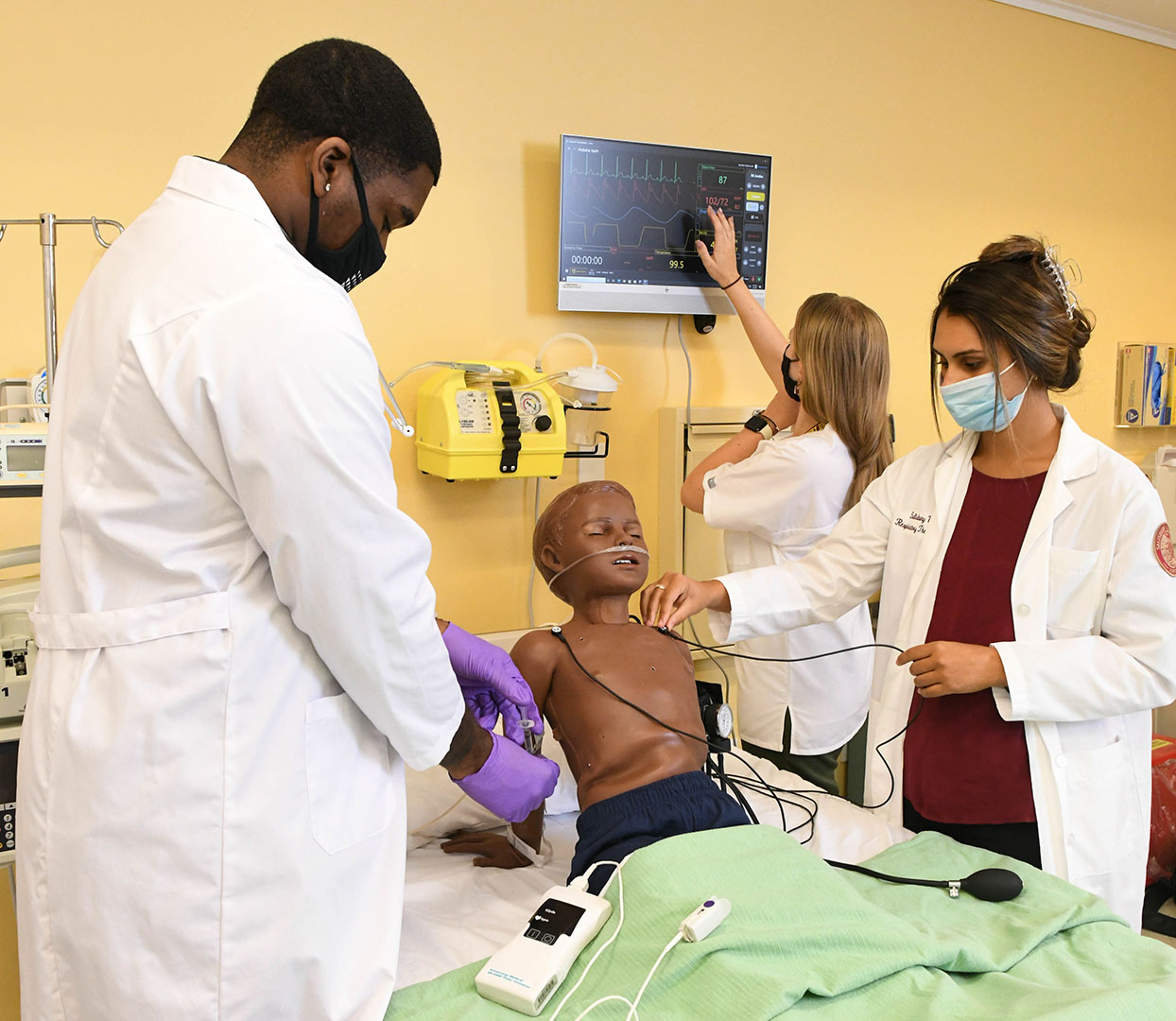SU's Henson Medical Simulation Center Announces Latest Technology Upgrades
 SALISBURY, MD---Salisbury University’s Richard A. Henson Simulation Center’s dedication to the use of the latest technological simulation advances is one of the many reasons it succeeds as a collaborative, multidisciplinary learning facility with more than a decade of service to students and the community.
SALISBURY, MD---Salisbury University’s Richard A. Henson Simulation Center’s dedication to the use of the latest technological simulation advances is one of the many reasons it succeeds as a collaborative, multidisciplinary learning facility with more than a decade of service to students and the community.
The most recent additions include a virtual dissection lab, new adult female patient simulator, mixed reality, and an advanced high-fidelity pediatric patient manikin. These upgrades allow the center to promote quality and patient safety, stimulate research and scholarship, and integrate evidence into clinical practice through the provision of invaluable simulation experiences.
Last fall, the center welcomed the Anatomage™ Table, a three-dimensional visualization system, to teach anatomy and physiology and conduct virtual dissection. The table contains a library of high-definition digital images from human and animal cadavers that allows for exploration and learning about human and animal anatomy from gross anatomy to the microscopic level. Images of anatomical structures are presented on an interactive, life-sized touch screen that is manipulated by students. Anatomage™ features four gross anatomy cases, over 20 high-resolution regional anatomy cases and more than 1,000 pathological examples.
Victoria™ is an adult female human patient simulator designed to help improve safety in women’s health care. Students can develop specialized skills to effectively communicate, diagnose and treat pregnancy complications, high-risk deliveries and postpartum emergencies. Victoria also provides exceptional learning about care for adult women with various medical conditions. The simulator comes pre-programmed with many scenarios, but staff can create new ones. This state-of-the-science birthing simulator provides invaluable experiences with common complications and life-threatening, but rare, situations in a safe and supportive environment.
Mixed reality (MR) is a blend of the physical and digital worlds that uses computer graphics, video streams or holograms to create a fully immersive experience. Using MR, one can place a digital object, such as a hologram, in the physical world, as if it were present. Now, the center has options for learning with MR in conjunction with Victoria. The Obstetric MR™ is designed to help bridge the gap between theory and practice in a more cohesive way through holographic visualization. The MR experience also can be shared with a group in the center or those not physically onsite by connecting the HoloLensTM headset to Zoom technology and projecting the images. Obstetric MR™ helps students understand clinical cause and effect through hands-on practice.
Pediatric HAL™ (pictured) is the newest high-fidelity pediatric patient manikin, capable of simulating natural emotions through dynamic facial expressions, movement and speech. HAL™ can cry, produce real tears and respond to light, and has horizontal and vertical eye-tracking capabilities. It has injection sites on its upper arms and thighs and intraosseous access at the tibia. Using HAL™, students can utilize actual patient monitors and sensors during their evaluation and develop specialized skills to effectively communicate, diagnose and treat young patients in a vast array of clinical settings.
Learn more about how SU students and faculty are exploring opportunities for greatness and making tomorrow theirs at www.salisbury.edu.
